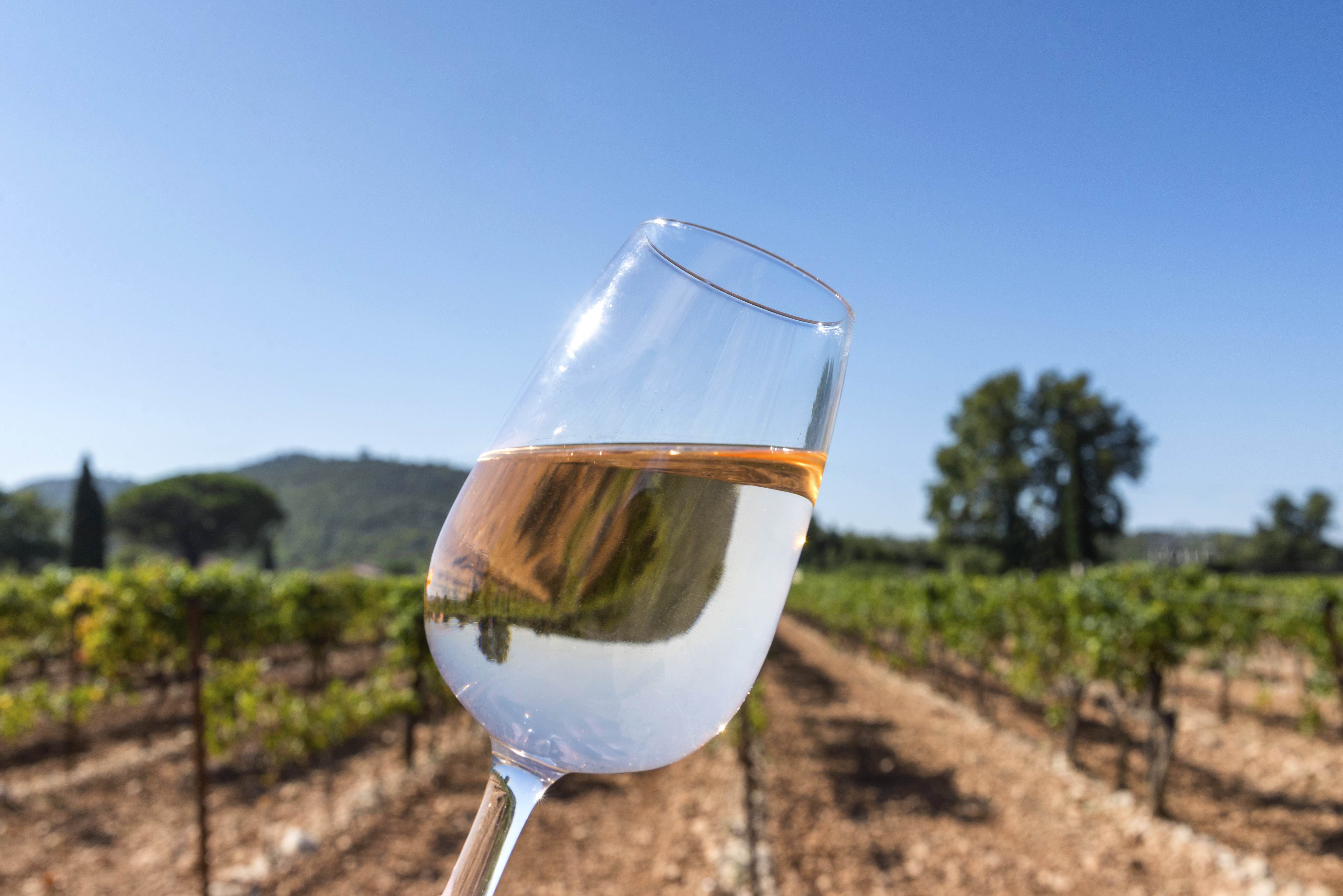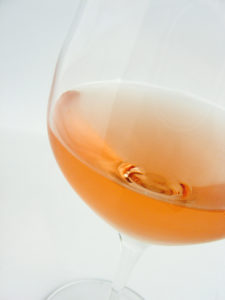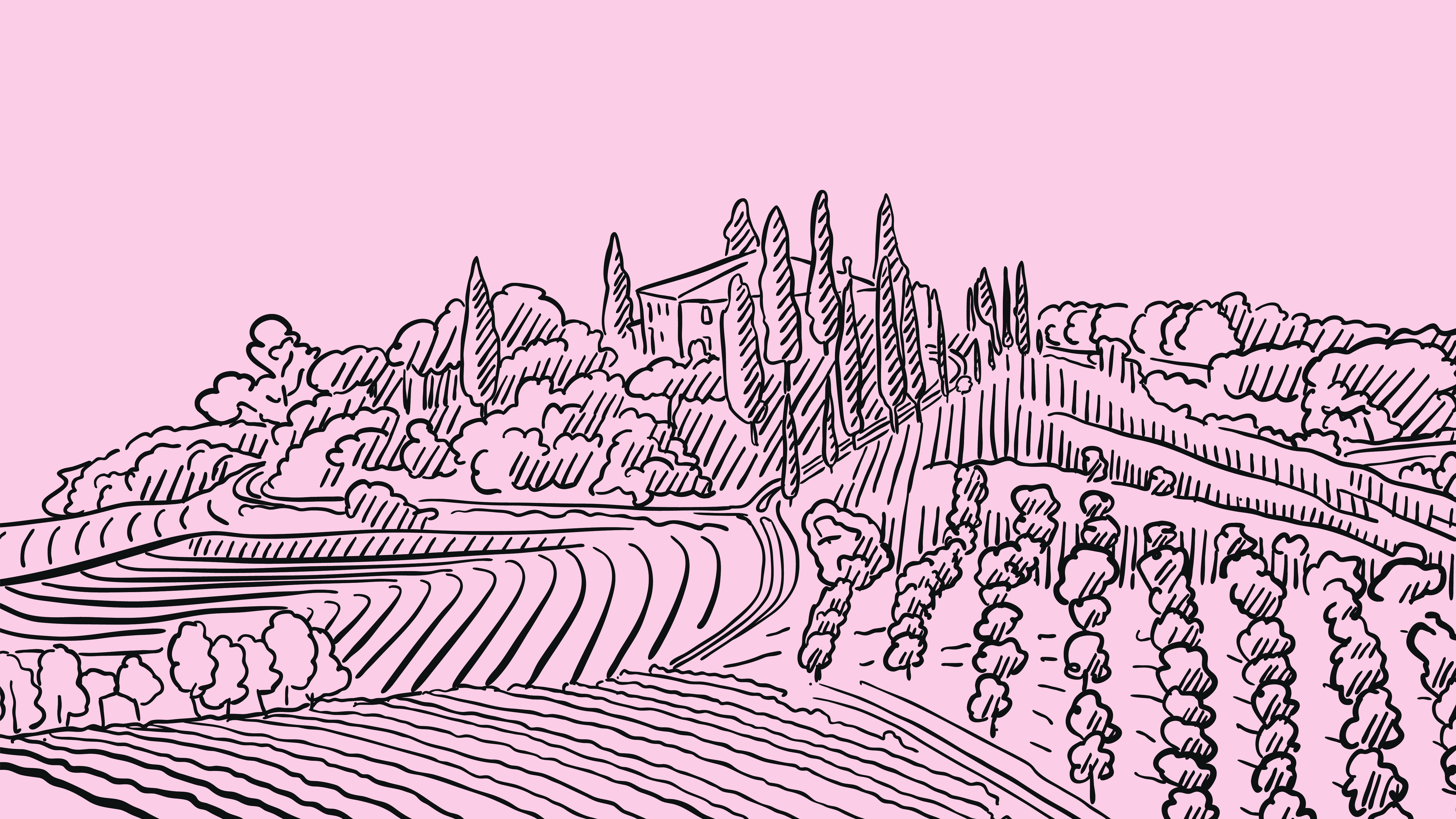This past June we did a small info piece on What is Rosé that looked at the 3 methods in which rosé wines are created (contact, saignée, and blending).
Rosé sales and importing into the US are at an all time high, and continue to keep growing.
In the Mediterranean area of south-east France, which we will look at deeper here, is the largest region in the world devoted to producing rosé as they allocate 50% (or more) of their land production to satisfying the needs of the world’s desires for this blushed, pink wine that has taken the US market by storm of late. This region wasn’t established to fulfill current demands as it may seem, in fact, it is one of the oldest wine growing regions on the planet at around 2,600 years old (thank you Greeks!). Said location: Provence, France.

Calling any rosé ‘Provençal in its stylings’ indicates it being light in color, having herbaceous undertones, a dry finish, complex flavors, and being of quality. Basically, you are saying “it’s the best!”

Carrying that weight on your shoulders would make one wonder, what does the name mean? It sounds so exotic, it must have some amazing, historic story behind the name! Nope. It was given the name by the Romans and literally means our province. As the Romans were wont to do, they marched in, and said, “mine.” After the fall of Rome, local Monks took over the wine making duties and ushered the region towards the modern times.
 Provençal Rosé offers much of it’s commanding flavors and profile to two major influences. First, the grapes. The major players here are Grenache, Cinsault, and Mourvèdre, dynamic reds that define the majority (alongside Syrah) of the South of France’s Côtes du Rhône region. Secondly, the terroir. The majority of Provence is situated on limestone and crystalline beds. Provence has a varied growing area encompassing mountains, hillsides, valleys, gorges, with each growing area and micro climate offering a bounty of flavors and stylings.
Provençal Rosé offers much of it’s commanding flavors and profile to two major influences. First, the grapes. The major players here are Grenache, Cinsault, and Mourvèdre, dynamic reds that define the majority (alongside Syrah) of the South of France’s Côtes du Rhône region. Secondly, the terroir. The majority of Provence is situated on limestone and crystalline beds. Provence has a varied growing area encompassing mountains, hillsides, valleys, gorges, with each growing area and micro climate offering a bounty of flavors and stylings.
The Mistral winds that sweep over the Alps into Provence also play a part in the success of growing in the region. These winds keep the air dry and allow for better growing conditions with the absence of rot inducing moisture levels. It should also be noted that the area sees around 2,900 hours of sunlight (famously sunny Los Angeles, CA sees around 2,000). The additional sunlight aids in ripening conditions for the grapes in the region.
While you can find rosé wines the world over made from almost every red grape imaginable, it is worth noting that on the international playing field, Provence is the all-star and standard for greatness by which all other rosés are compared or contrasted to.
A GUIDE TO PAIRING: PROVENCAL ROSE

